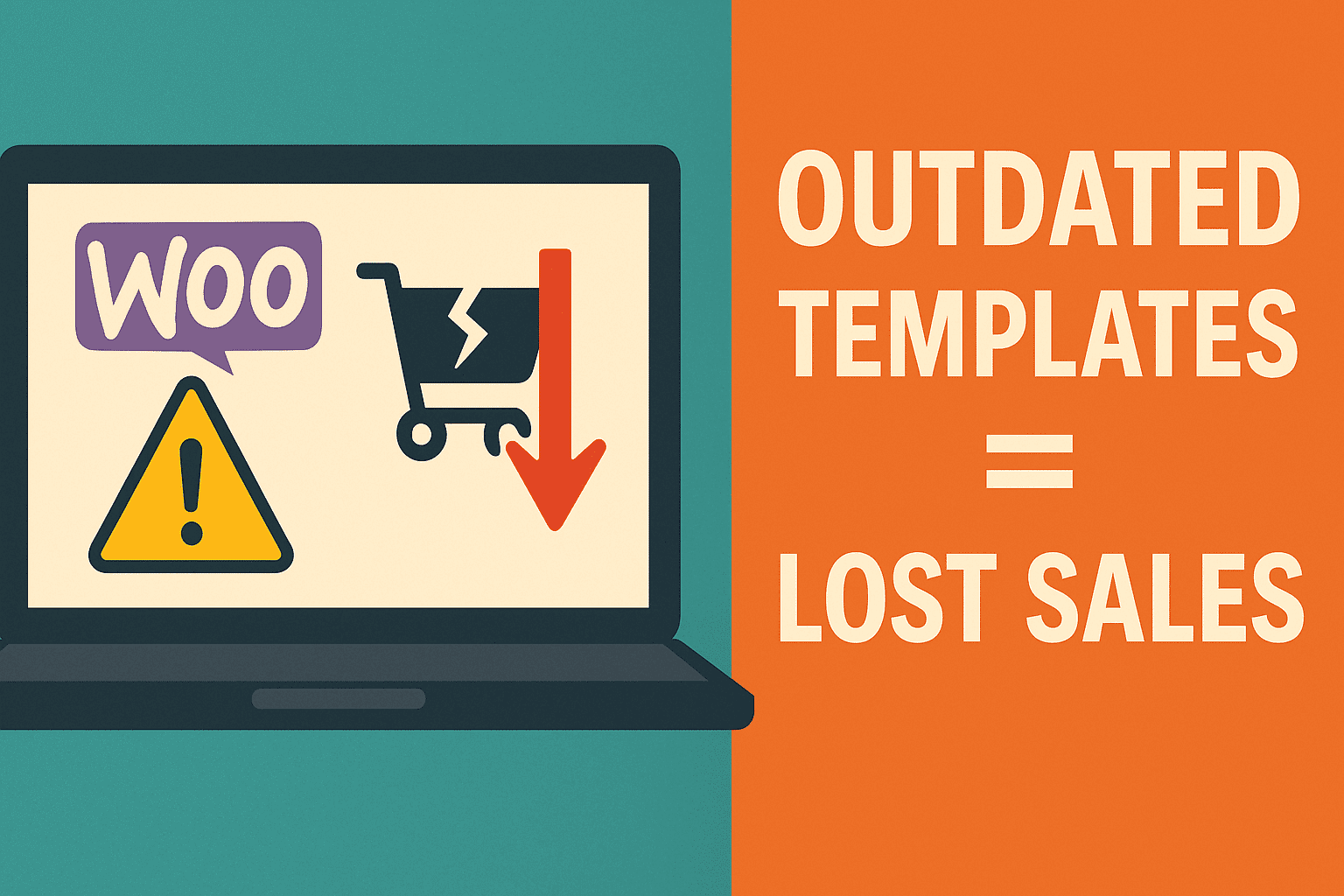Fast-loading websites are essential in today’s business landscape. They enhance user experiences and boost search engine rankings while simultaneously increasing revenue and business expansion.
Many WordPress speed optimization services provide various pricing packages, from one-off payments to ongoing service plans.
Page Speed
Page speed is one of the key elements to creating an excellent user experience and can have a direct effect on search engine rankings. If a page takes too long to load, users may hit back button and leave.
There are various tools available to you for improving page speed, such as Google Lighthouse and Pingdom. Lighthouse provides an in-depth report and makes suggestions on how a website should perform on different devices and networks; additionally it also measures performance across devices and networks.
Poor coding is often to blame for slow pages. By eliminating unnecessary code, performance will improve significantly while maintenance needs will diminish significantly. Compressing images helps speed up pages without compromising image quality – another simple method for increasing page speed without impacting image quality. Caching also allows data to be stored quickly when users return to your website.
Caching
Caching is an efficient way of speeding up websites by saving and quickly retrieving frequently-used data rather than retrieving it directly from its original source each time, saving time, processing power and bandwidth in the process.
Caching solutions can be complex for newcomers to manage, making the whole experience challenging and inconvenient for users. A poorly implemented cache system may drain resources or worse still, serve outdated information to visitors. When it comes to WordPress sites, finding an optimal balance between performance and ease-of-use is key for success.
Many hosts provide easy-to-use caching solutions compatible with numerous plugins, like Kinsta’s caching solution which is renowned for its performance and simplicity, or W3 Total Cache or LiteSpeed Cache which both offer extensive features compatible with most products or services.
Minifying
Minification is a method used to decrease CSS and JavaScript files by stripping away unnecessary comments, white space and variable names from them, producing smaller files which take less time to load while producing less network traffic. Minification is a crucial element of front-end optimization (FEO), and its results can make a major impactful statement about website speed.
Minification can be used in tandem with other optimization techniques such as gzipping or compression to increase website performance, but the process has its own challenges that must be carefully tested to ensure no functionality loss occurs. Furthermore, minification may cause issues for sites using outdated plugins or poorly coded themes with many CSS files – but many online tools and plugins offer manual control over which files should be minified.
Plugins
There are various plugins available to help speed up your WordPress website, from caching, image compression, database optimization and SEO support to user-friendly interfaces that make them simple for non-technical users to use.
Autoptimize is a website performance optimization tool that can reduce loading time and enhance search engine optimization (SEO). It achieves this by minifying CSS, JavaScript and HTML files and compressing images – helping pages load faster without compromising image quality. Autoptimize can also be useful for websites requiring frequent updates; however it is not an all-inclusive speed optimization solution as it doesn’t address Core Web Vitals such as Security.
Security
An effective WordPress speed-up service should tailor its approach to the unique architecture, plugins and theme of your website. Avoid solutions with universal applications as these can cause further issues down the road. Furthermore, opt for services offering ongoing speed optimization as well as monitoring services.
GTmetrix can measure a website’s technical load time. This time metric measures how long it takes for all elements on a page to load, such as images and CSS. Meanwhile, user perceived load time is an estimate for how long it takes a webpage to be displayed.
Lazy loading ensures that high-priority graphics are loaded first, with lower priority images only becoming visible as users scroll down the page. This method reduces loading time and bandwidth usage while improving user experience.




